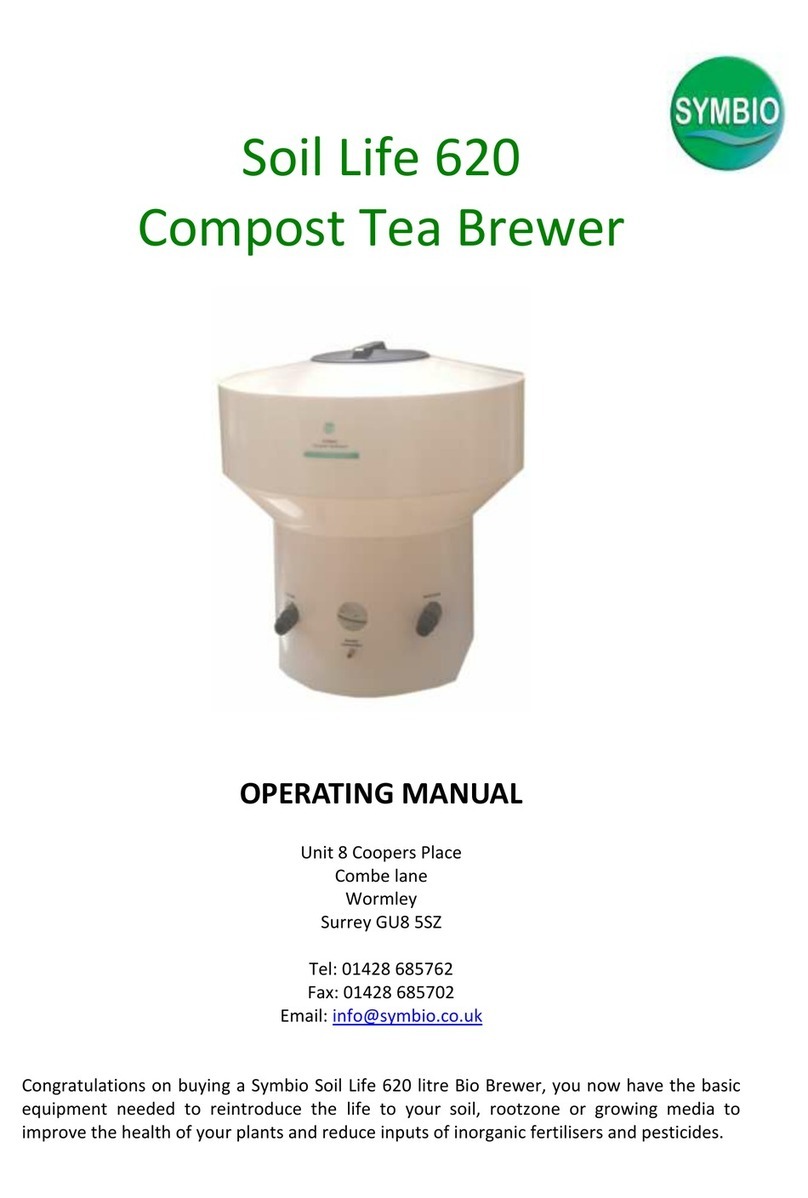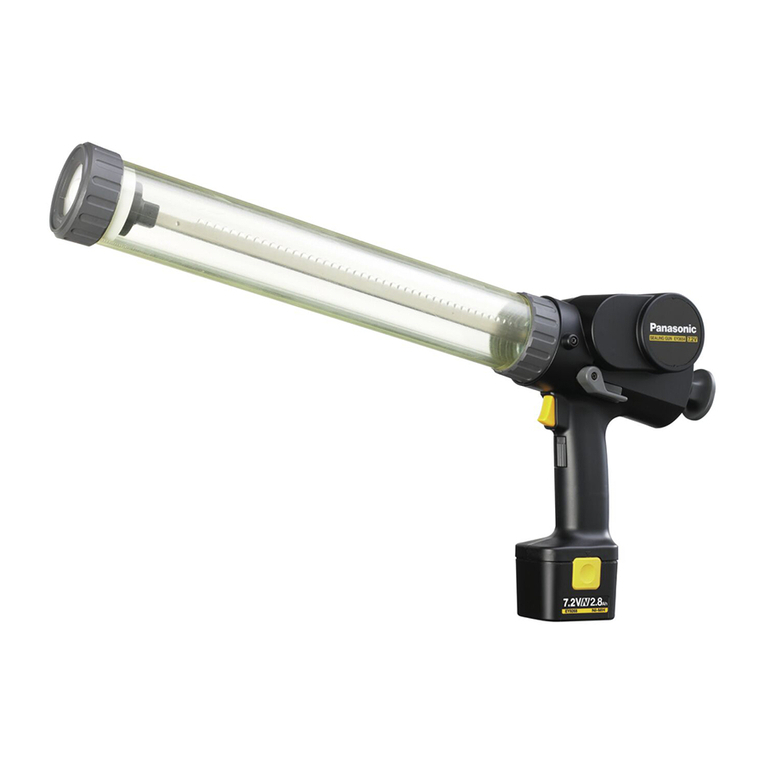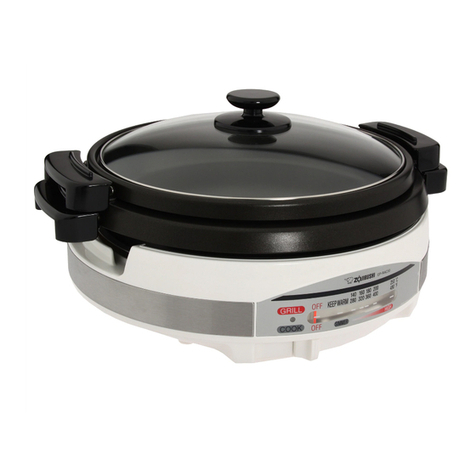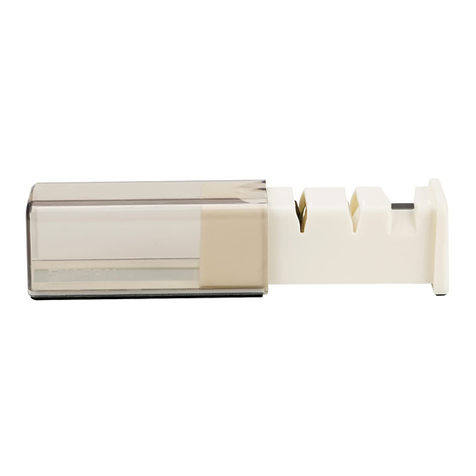symbio 15L BioBrewer User manual

SYMBIO Unit 8, Coopers Place, Combe Lane, Wormley, Surrey, GU8 5SZ T: +44 (0) 1428 685 762
Symbio 15L BioBrewer
User Manual
In simple terms, what is a Compost Tea and how does it work ?
A Compost Tea is a microbial soup which contains a diverse range of microorganisms naturally found
in a healthy soil. The vast variety of microbes which include, trillions of bacteria, billions of fungi, along
with millions of protozoa and nematodes, all of which have a different role and function in the soil
ecosystem are essentially ‘shaken’ from the compost in the brewer. These organisms then utilise the
food sources added to the brew, the activating nutrients and / or additional nutrient i.e. Seaweed /
Fish hydrolysate and proliferate, increasing even further in numbers.
This microbial soup is brewed for a minimum amount of time to ensure that the different
microorganisms reach their optimal numbers, after which the suspension is filtered into a suitable
spraying vessel i.e. watering can, diluted and applied to the plants as desired.
If you are applying Compost Tea to heavily managed soils; soils which have been chemically managed
or depleted, then you are adding a ‘fresh’ input of microbes that may already be existing but you are
also adding a vast range of microbes which may be deficient in the soils, due to the chemicals and
management techniques previously utilised. These new microorganisms with repeated applications
and their natural replication will grow in number and their enzymes, toxins and vast number can be
used to support plant health and growth. However, if you are adding the Compost Tea brew to a soil
which is in a relatively good state, the brew is acting like a probiotic, topping up the diversity –variety,
adding a fresh and new input on a regular basis to compensate for those which may have been lost to
predation, died or been killed due to the management techniques applied.
The vast diversity of microbes in the soil ensures that no one species gets out of control and is allowed
to grow uninhibited. The chemical toxins that the microbes produce, stop and can even kill each other,
so they will avoid each other and their population numbers are controlled in this manner. This inhibits
one species dominating and becoming a problem to the plant or the other microorganisms. They also
predate each other and control numbers in this way. Likewise, they are all producing a vast array of
enzymes which can breakdown organic material, making the soil friable and providing it with
structure. Similarly, whilst the microbes are undertaking degradation they are releasing in their
excretory products, Nitrogen in the form of Ammonium a plant fertiliser. Other soil bacteria perform
the nitrogen cycle, releasing forms of plant accessible nitrogen Ammonium and Nitrate. Similarly,
many other microbes in the soil undertake the solubilisation of sulphur into sulphates and
phosphorous into phosphates which makes these elements accessible to a plant. The soil
microorganisms also promote plant health by making the plants own immune system stand on ‘alert’,
so you not only have a plant which is being protected and fed, it is also alert and ready for any potential
attacks. So, the range of functions completed by the soil biology is astronomical.

HEALTH & SAFETY
Working with electricity and water is dangerous. Please follow the
manufacturer’s recommendations supplied with the air pump.
Always Switch off the air pump before handling the BioBrewer
Keep the air pump above the water level at all times
Wash hands after use
If products come in contact with the skin - wash affected area with
soap and water
Do not ingest - If ingested drink plenty of water, do not induce
vomiting and seek medical advice.
Avoid contact with eyes –if contact occurs, wash well.
When sterilising / washing with bleach please follow manufacturer’s
recommendations.
INTRODUCTION
Thank you for purchasing our 15L Home and Garden BioBrewer. Our
BioBrewer has been developed from our experience in the commercial
horticulture and turf industries, bringing them to the home gardener and
allotment users.
Our Compost Tea BioBrewer has been designed with affordability, ease of
use and application in mind, so that you can quickly and easily add
beneficial, naturally occurring microbes to your soil, grow bags, pot plants
and hanging baskets. Compost Tea can also be applied as a foliar spray to
help reduce the damage caused by pests and diseases.
Ideal for home gardens and allotments.
Can be used for plants, vegetables, shrubs and lawns.
Accelerates plant growth and fruit and vegetable yields.
Better tasting Fruits and vegetables
Improves survival rates of plants, vegetables and shrubs
Aids natural plant health, resistance to disease and drought stress
Improves soil quality.
Easy to use and apply.
Soil microbes form an essential part of the soil food web, assisting in the
natural growth and health of all types of plants, vegetables and grasses.
These beneficial microbes work in a symbiotic partnership with the plants,
improving the availability of water and nutrients to the root, promoting
plant growth and health. This reduces the amount of fertiliser and water
required to produce fantastic results.

ASSEMBLY GUIDE
STEP ONE - ATTACH THE AIR STONE
Remove the airstone and pipe from packaging.
Connect one end of the air hose to the airstone.
STEP TWO - ATTACH THE AIR PUMP
Attach the other end of the air hose to the
pump.
Make sure that during the Compost Tea brewing
process that the pump is kept dry and away
from any source of water.
The pump must be kept above the water level
to avoid back flow
WORKING WITH ELECTRICITY AND WATER CAN BE DANGEROUS
Please read and follow the air pump safety instructions fully before proceeding. Use
a circuit breaker. Switch off the pump before touching the brewer or water.
STEP THREE - FINISH THE ASSEMBLY
Place the air stone in the middle of the
BioBrewer container
The BioBrewer is now ready to use
APPLICATION GUIDELINE
ASSEMBLY GUIDE
YOU CANNOT OVERDOSE COMPOST TEA
Soil Application:
Apply approx 1 litre of Compost Tea to 2 - 50 sqm. Add to enough water to drench
the root zone of your plants. i.e. 1 litre of Compost Tea concentrate in 9 litres of
water.
Foliar application:
Using a watering can or sprayer, sprinkle or spray over the plants, or newly emerging
seeds. Allow the water to contact the top and bottom of the leaves and run off to
the soil below.
Add 1 litre of Compost Tea brew to 9 litres of clean water.
Compost Teas may be applied throughout the year, excluding periods when
temperatures are below zero. Monthly applications are recommended but when
plants experience drought (wilting) or disease stress, applications can be more
frequent.
MAINTENANCE
Cleaning your BioBrewer
Cleanliness of your BioBrewer is very important. Any residue dirt may harbour plant
pathogenic bacteria and fungi. Therefore, clean the brewer immediately after a tea
has been produced.
Follow the steps below to clean the brewer:
Cleaning the BioBrewer Container
Wash the brewer after every use.
Wash the bucket out with clean water to
remove any residues.
Fill the brewer with a little water and add
soap. Wipe with a sponge or cloth until
clean.
Rinse out with clean water to remove
any soap residue.
Avoid staining and residual build up in
the brewer
Every few months fill the brewer with
water and add 100ml of bleach to 1L of
water
Allow to stand overnight and rinse
thoroughly.
Cleaning the Airstone
Clean the airstone after every use
Wash off surface soiling.
Make a up solution of 10% bleach (100ml
normal household bleach (i.e. Domestos
4.7%) in 1 litre of cold water
Place the airstone in the solution and leave
for 15 mins. 20 mins for badly soiled air
stones.
Replace the bleach solution with clean
cold water and immerse the airstone for
15mins to rinse. Repeat as necessary.
Connect the airstone to the pump to blow
through for 10 /15 mins.
The air stone will then be ready to re-use.

HOW TO BREW A COMPOST TEA
STEP 1 - FILL THE BIOBREWER WITH WATER
Fill the brewer with no more 15 litres of water
(approximately 3/4 full). This can be from the tap or
collected rain water (water butt).
STEP 2 - DISSIPATE THE CHLORINE
Tap water contains chlorine and it is necessary to
remove this as it is detrimental to the microbes in
Compost Teas.
To remove the chlorine, bubble air through the water
via the pump and air stone for 20 - 30 minutes or until
the smell of chlorine has gone.
Turn off the air pump for the next step.
STEP 3 - ADD THE COMPOST
Add 166g (or a 6th of a 1 Kg bag) of compost directly
into the BioBrewer. (This is roughly a standard mug
full).
STEP 4 - ADD THE ACTIVATING NUTRIENTS
Add a level scoop (25g) of the Activating Nutrients
into the BioBrewer.
STEP 5 - TURN ON THE AIR PUMP. THE COMPOST TEA IS NOW BREWING.
TIP : If you find the brewer is producing a lot of froth add a tablespoon of
vegetable oil.
STEP SIX - BREWING TIME
After 20 - 24 hours the mixture will be ready for use.
The liquid compost should give off a sweet earthy
smell.
Turn off the pump and leave the mixture to settle for
10 minutes.
STEP SEVEN - DECANT THE BREW
The Compost Tea brew is now ready to use, decant the
recommended amount into a watering can or sprayer
and dilute with water.
We recommend between 0.5 - 1L of the Compost Tea
brew added to 9L of water in a watering can /sprayer
Tip If using a sprayer you will need to filter the liquid, (a pair of wide mesh ladies
tights would be a perfect strainer or a 400-micron mesh). The solution can be
diluted up to 1 in 30, but may be used neat.
STEP EIGHT (optional) - ADDING THE FERTILISER
You may mix our BioBooster Organic Fertilisers with
the Compost Teas. Add a litre of the brew to the
watering can / sprayer, add 20ml of BioBooster and
top up with a further 5-10l of water (ideally from a
water butt) and mix well.
IMPORTANT: Compost Tea is a live solution and has a shelf life of around 4-6
hours after brewing. After this time many of the organisms will no longer be
able to thrive and will become un-viable.
If you are looking to keep it for longer, run the air pump for 10 minutes every
hour to keep the microbiology viable.
Other symbio Kitchen Appliance manuals
Popular Kitchen Appliance manuals by other brands
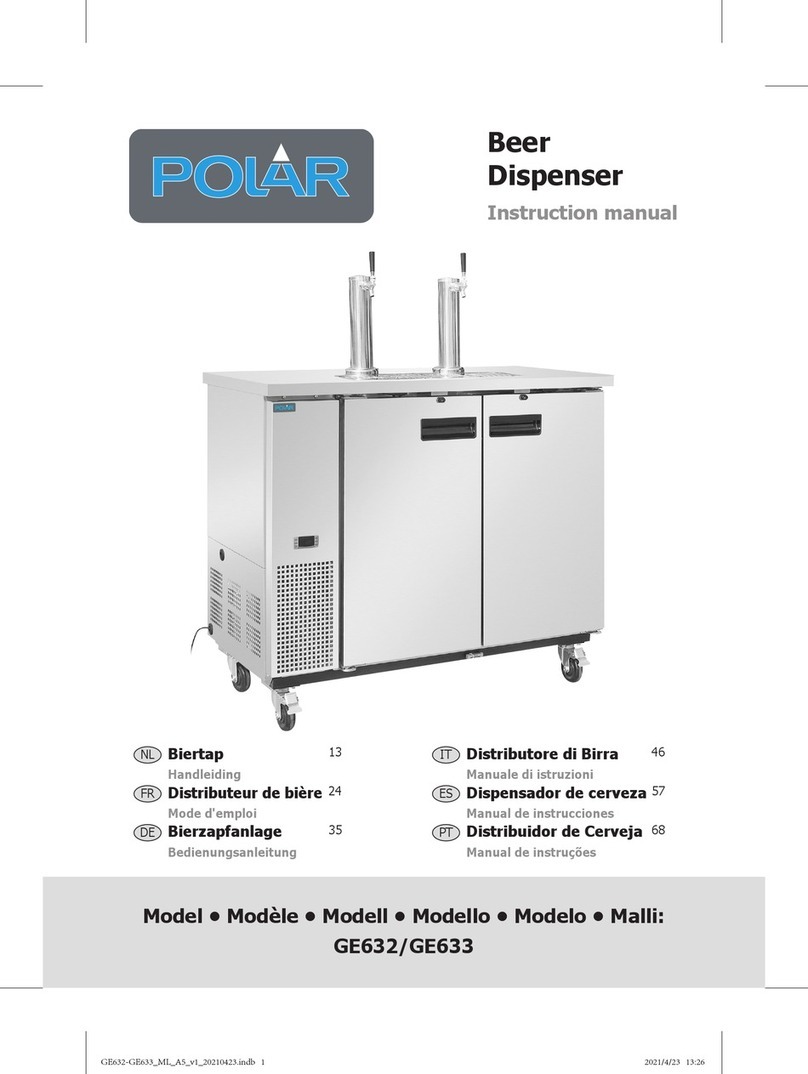
Polar Electro
Polar Electro GE632 instruction manual
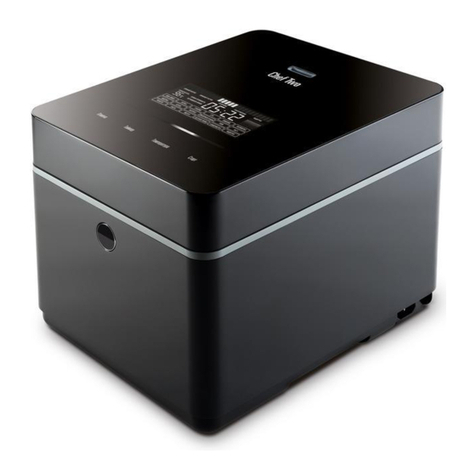
Stadler Form
Stadler Form Chef Two operating instructions
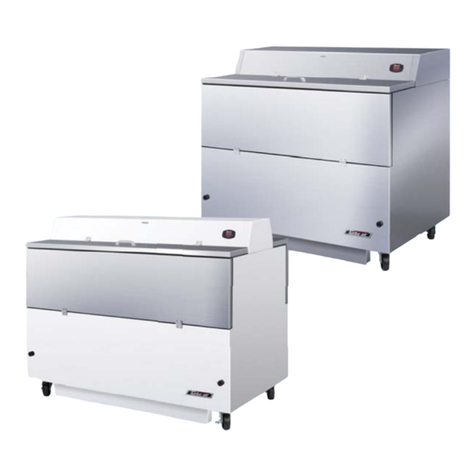
Turboair
Turboair TMKC-34S Installation and operation manual
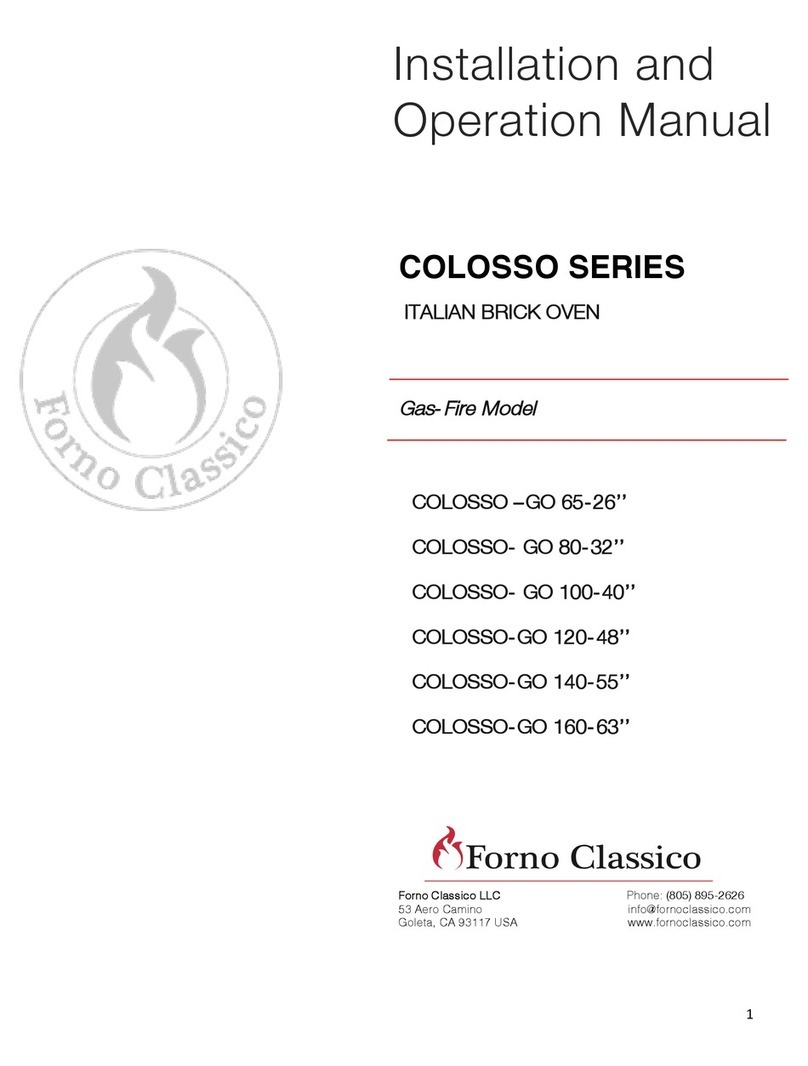
Forno Classico
Forno Classico Colosso 65 Installation and operation manual

Ewave
Ewave EWPZO12ST instruction manual
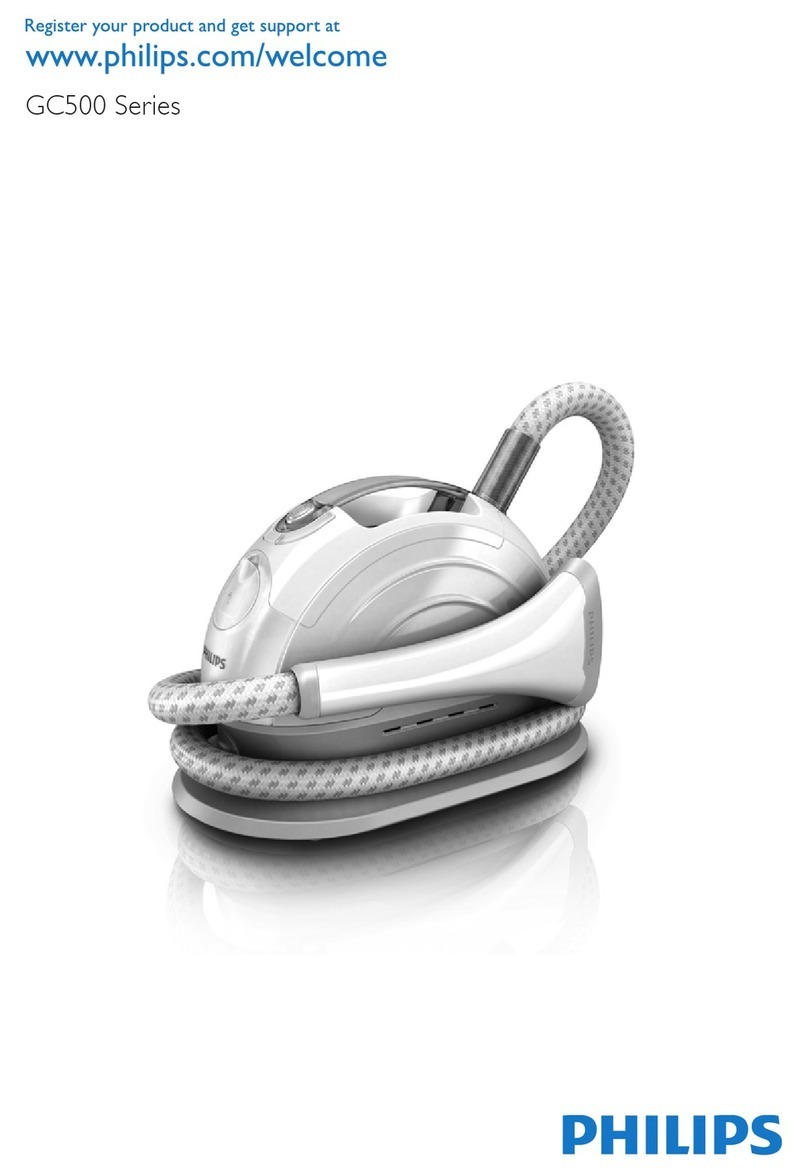
Philips
Philips GC5020/00 manual

Eldom
Eldom crusty instruction manual

Nostalgia
Nostalgia SOS600NATYG Instructions and recipes
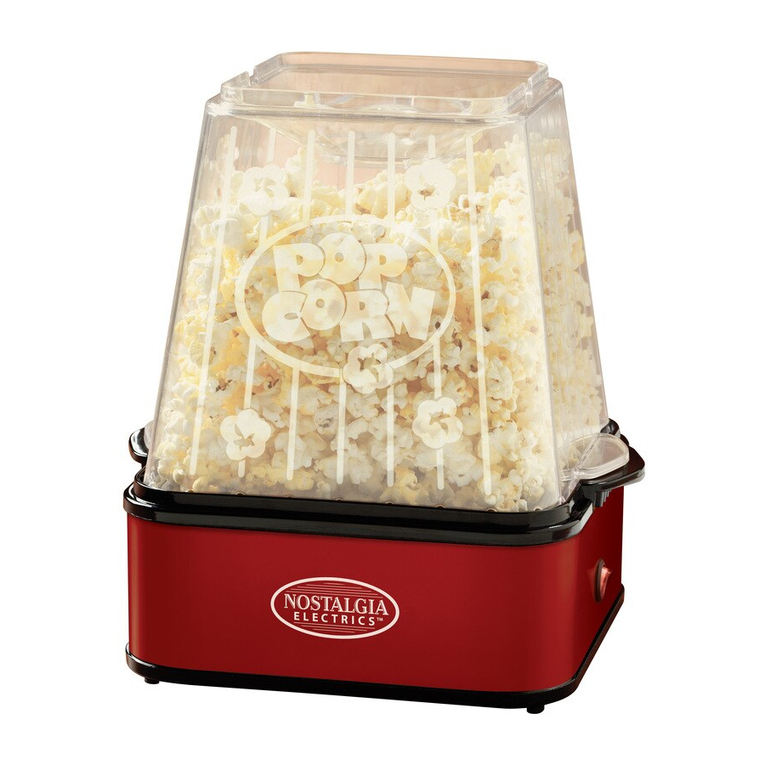
Nostalgia Electrics
Nostalgia Electrics TPM100 Instructions and recipes
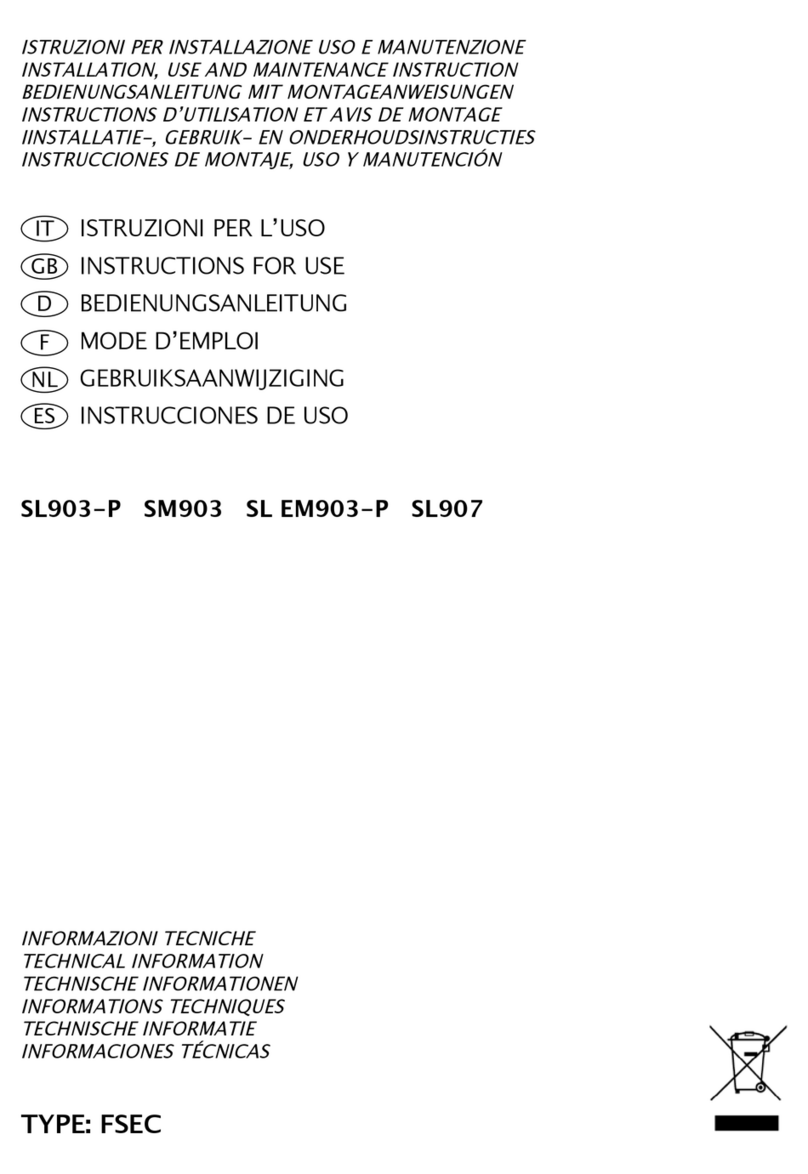
Sirius Satellite Radio
Sirius Satellite Radio SL903-P User instructions
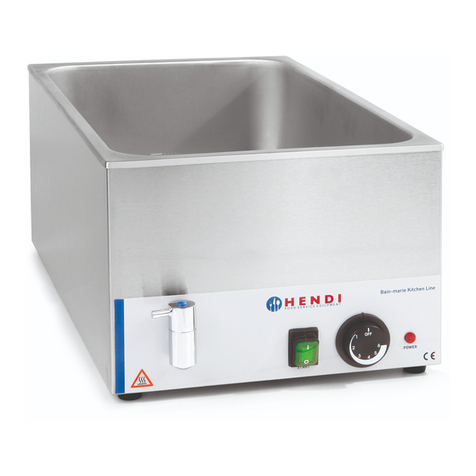
Hendi
Hendi BAIN-MARIE KICHEN 238905 user manual
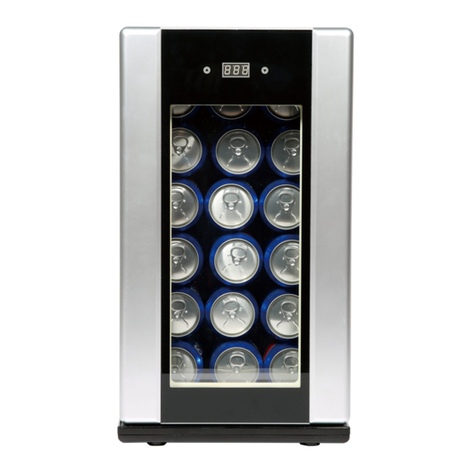
Frigidaire
Frigidaire EFMIS567-WM use & care
